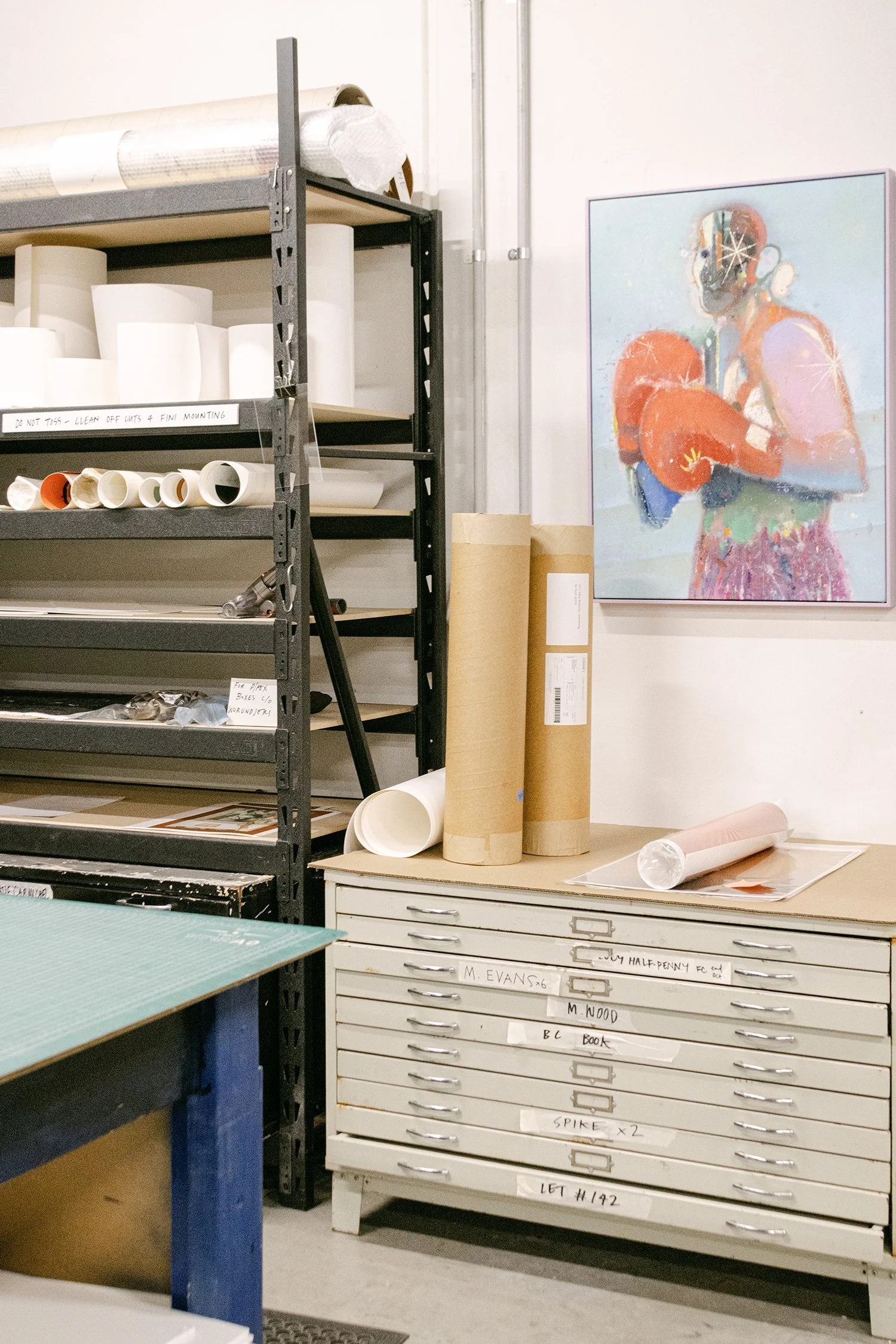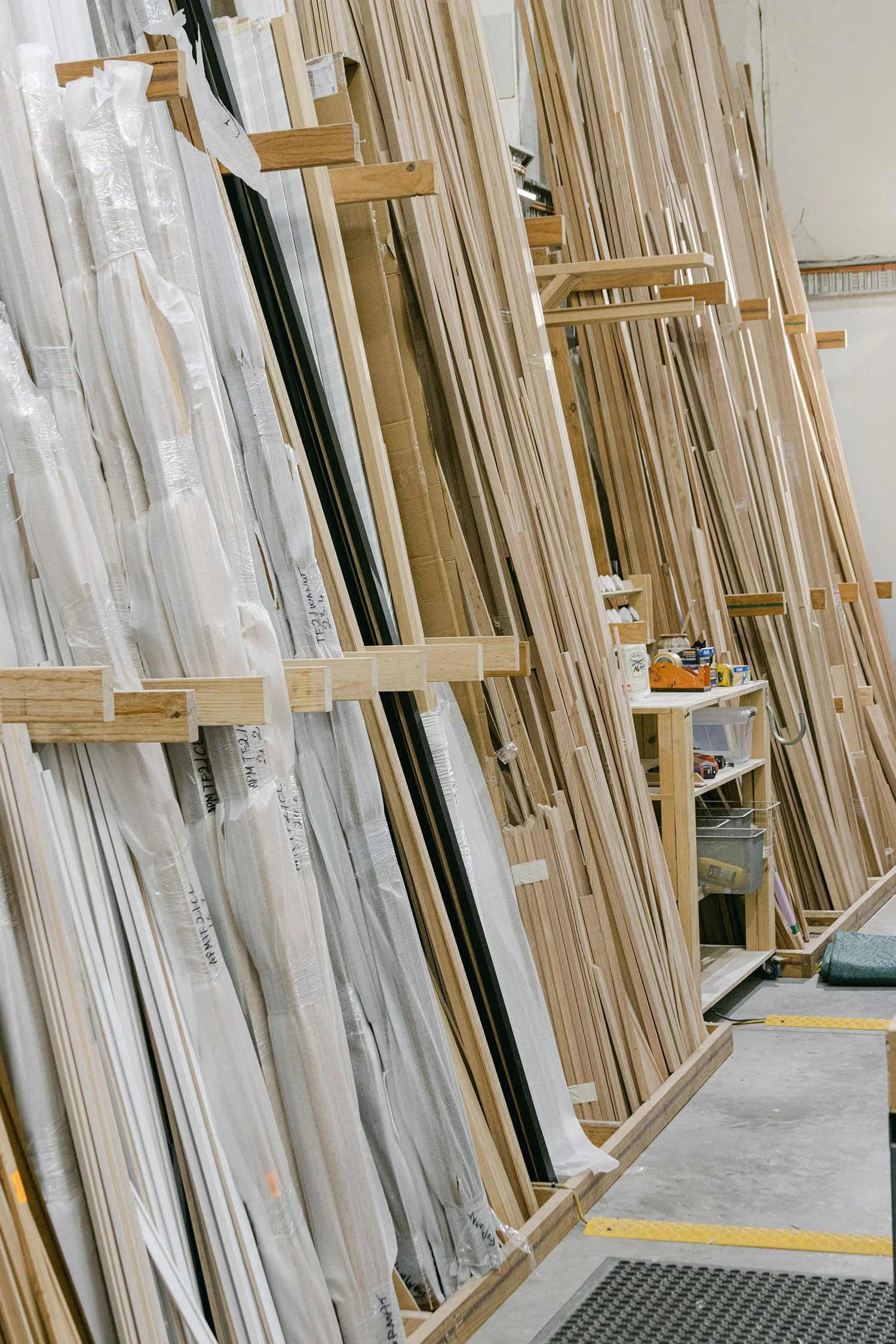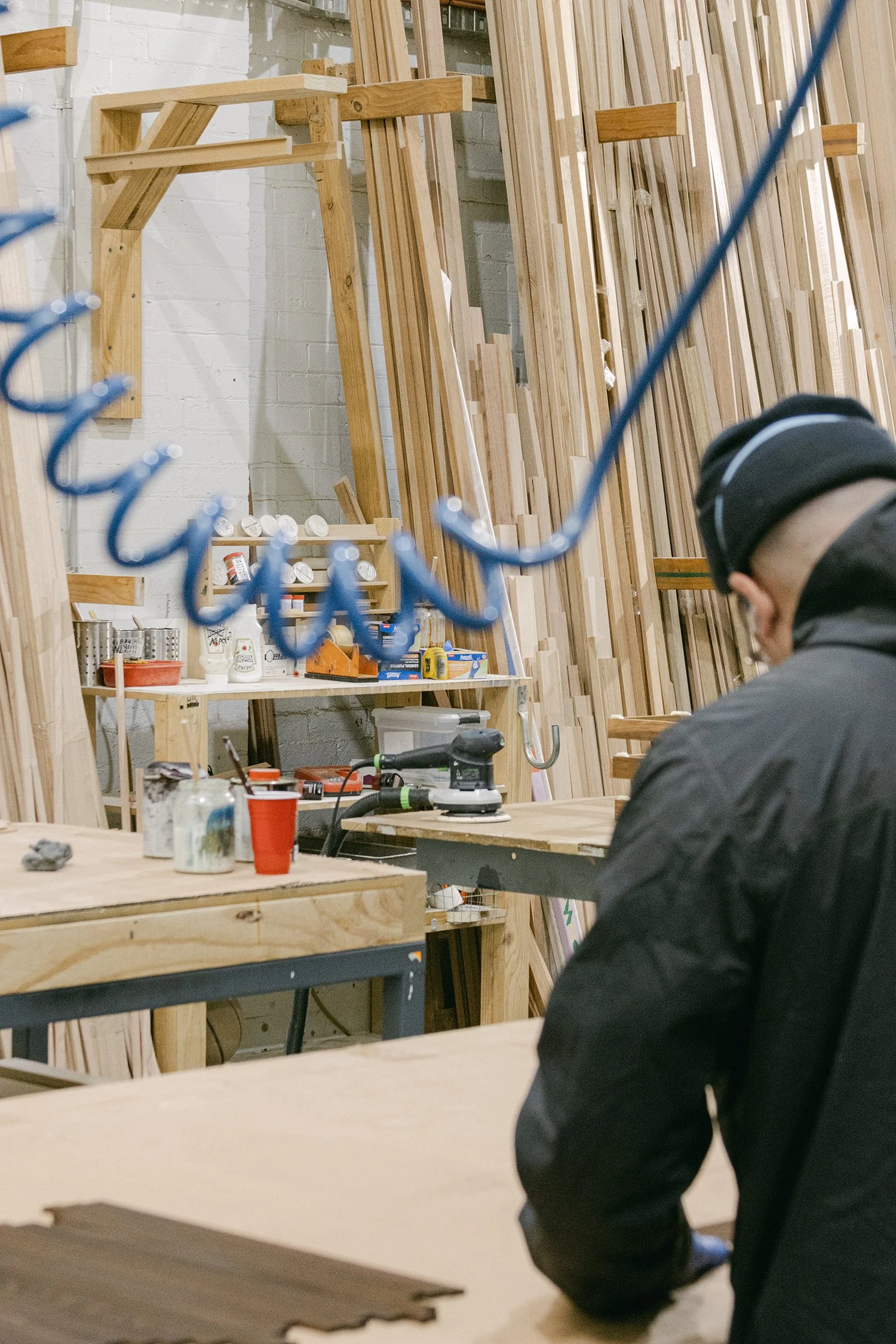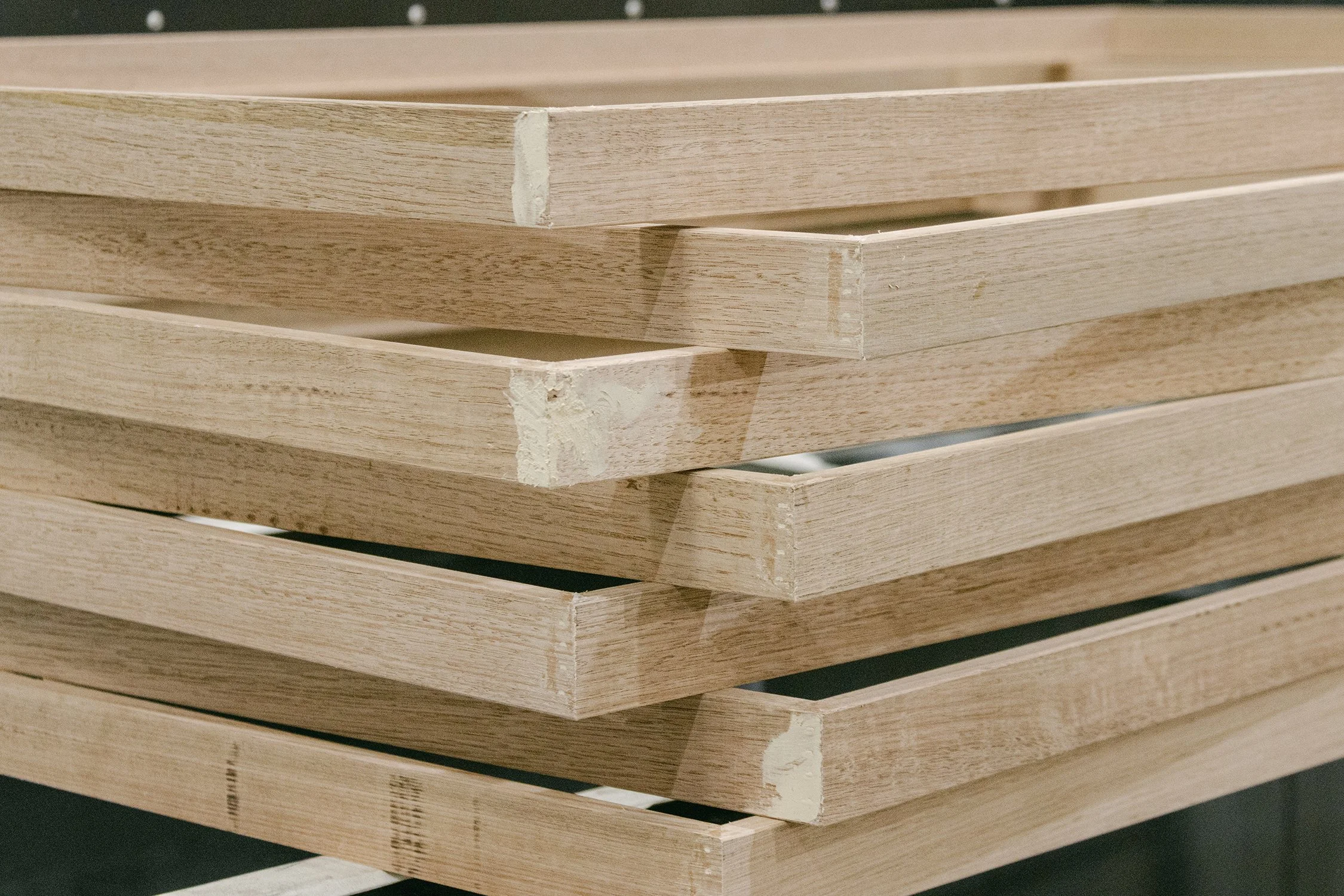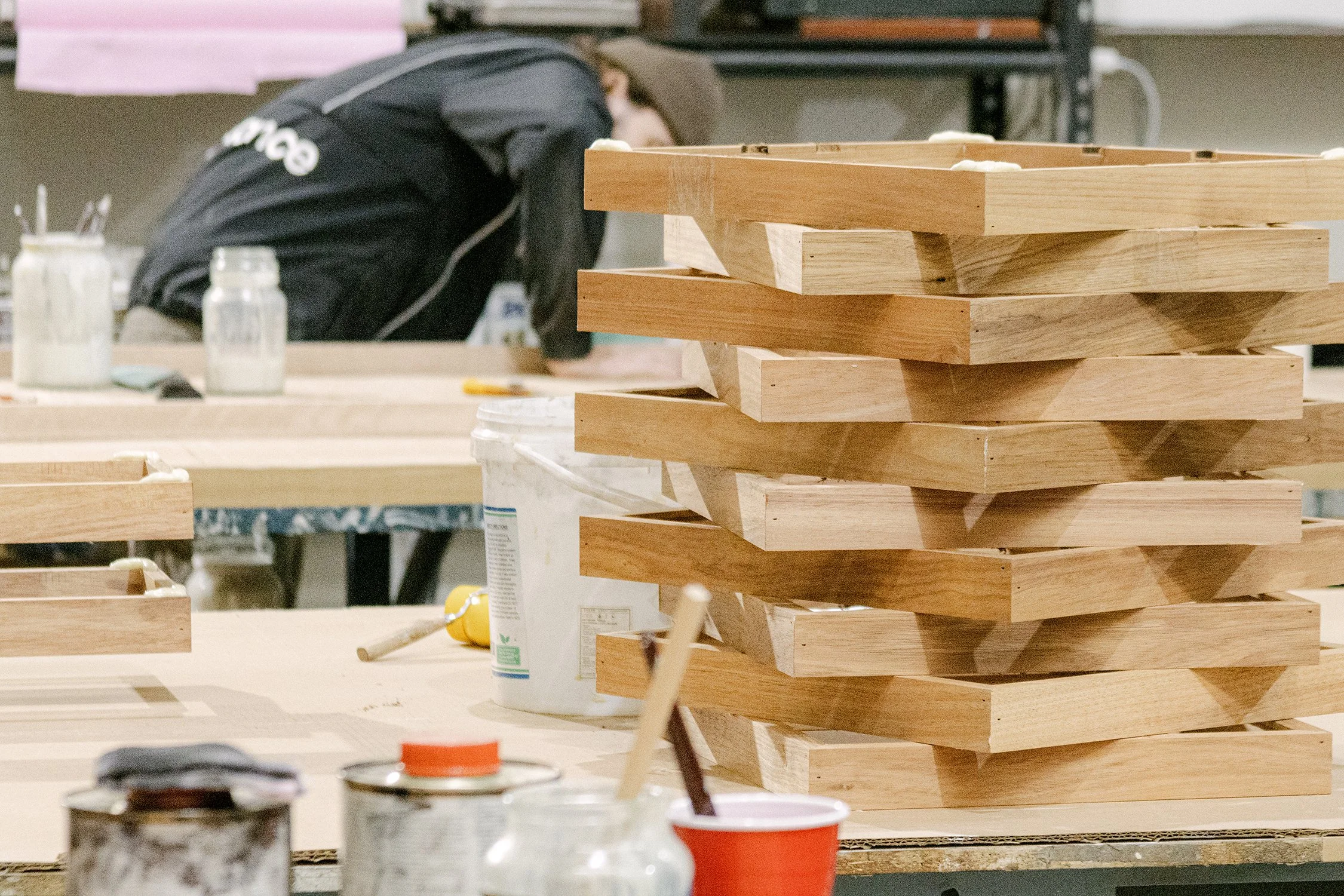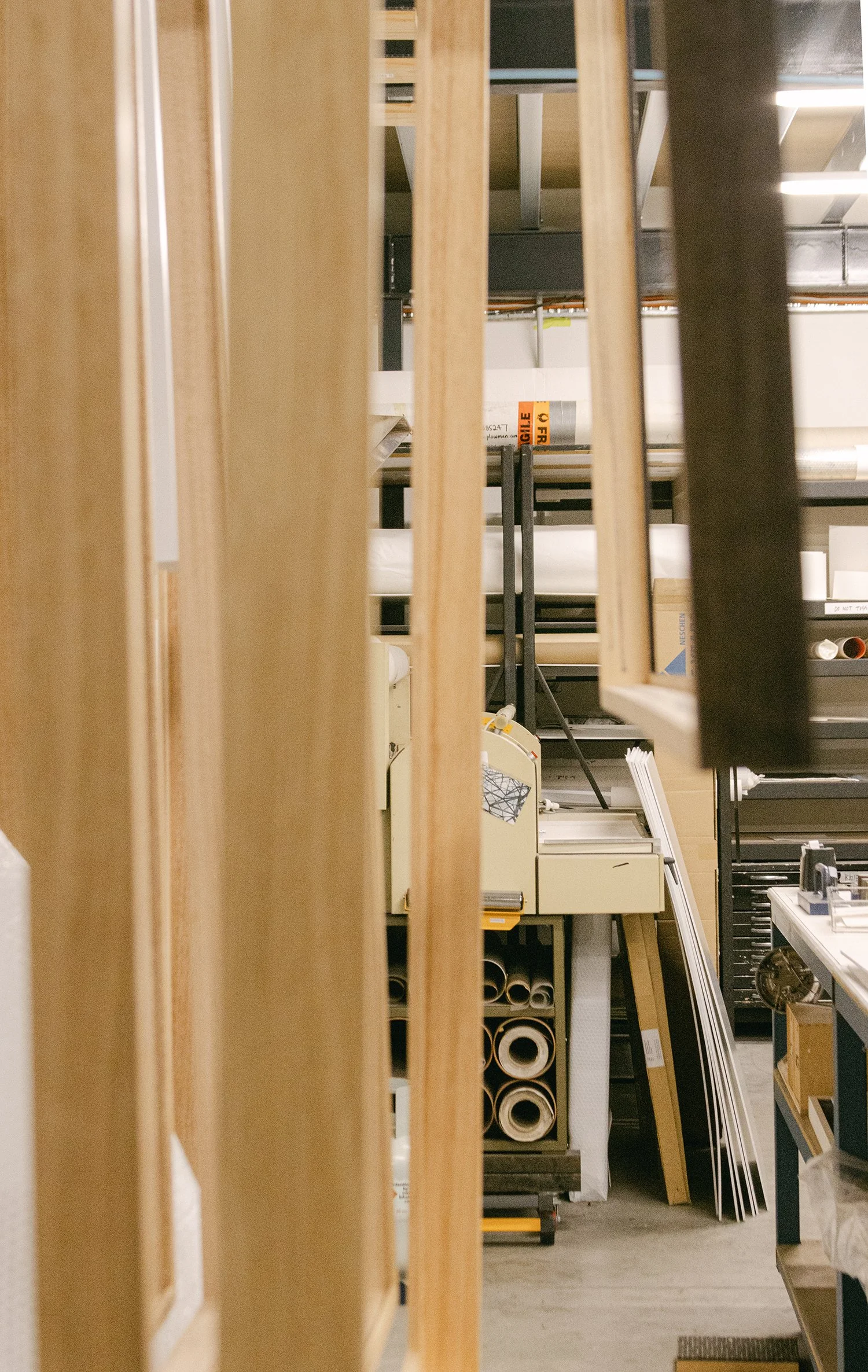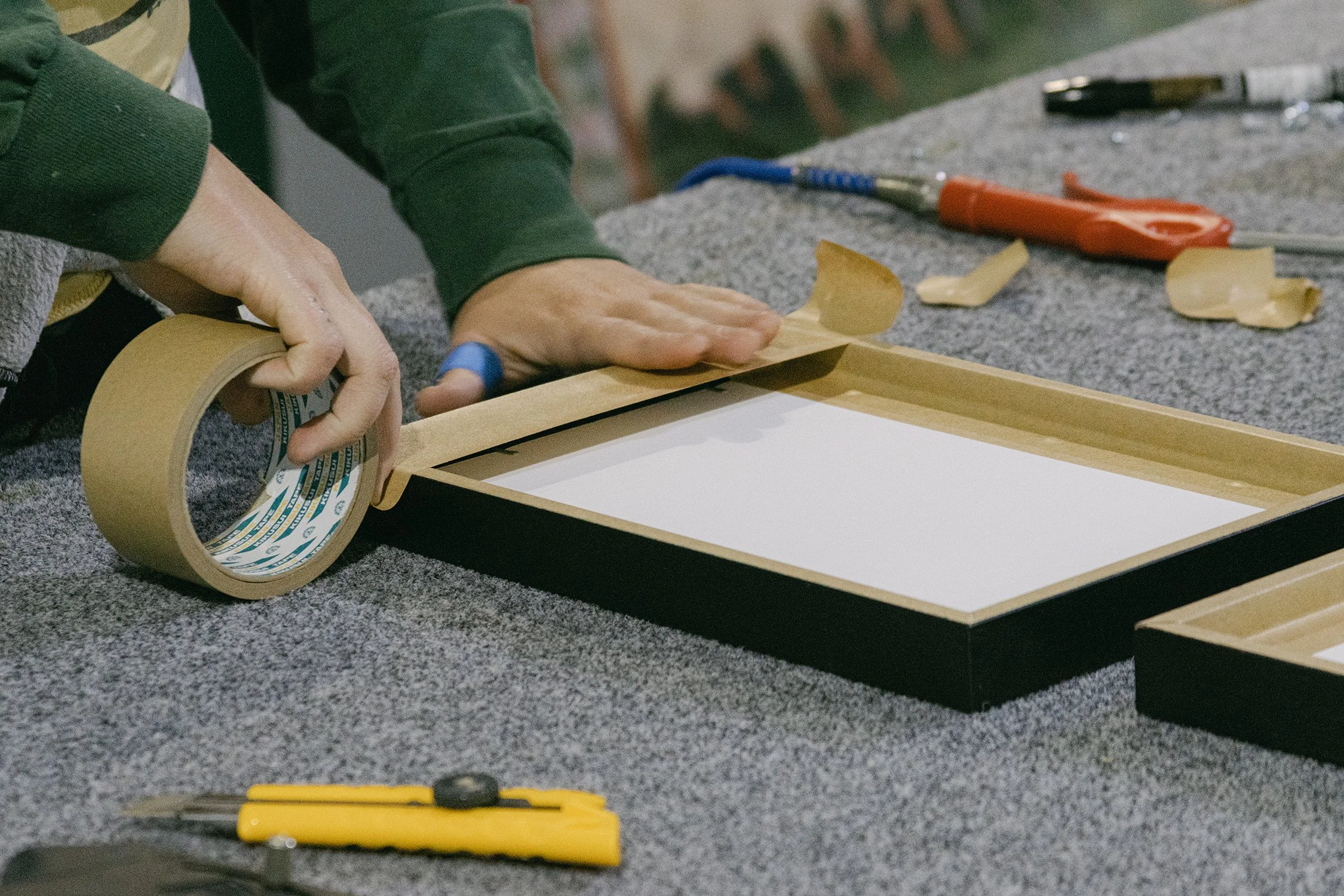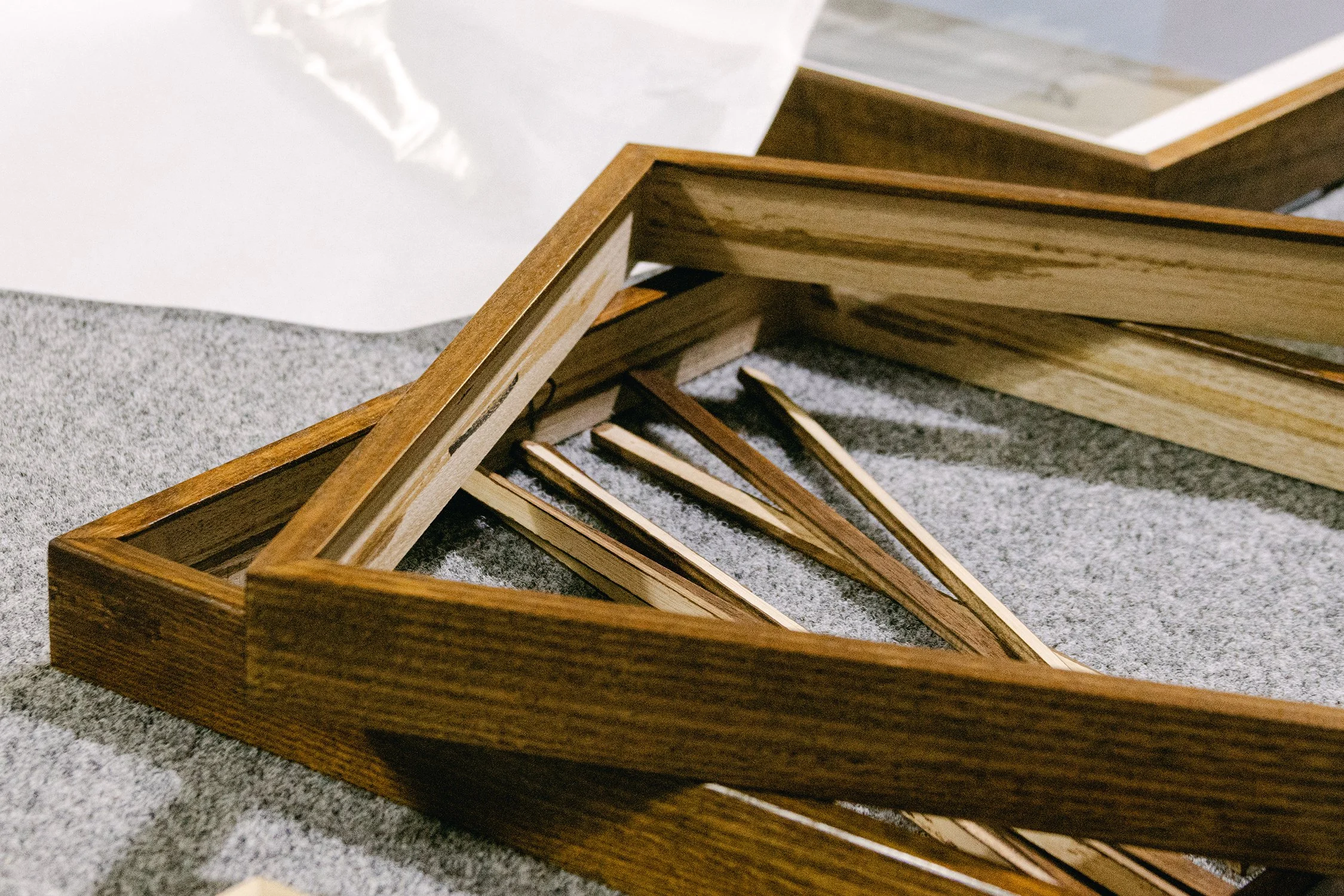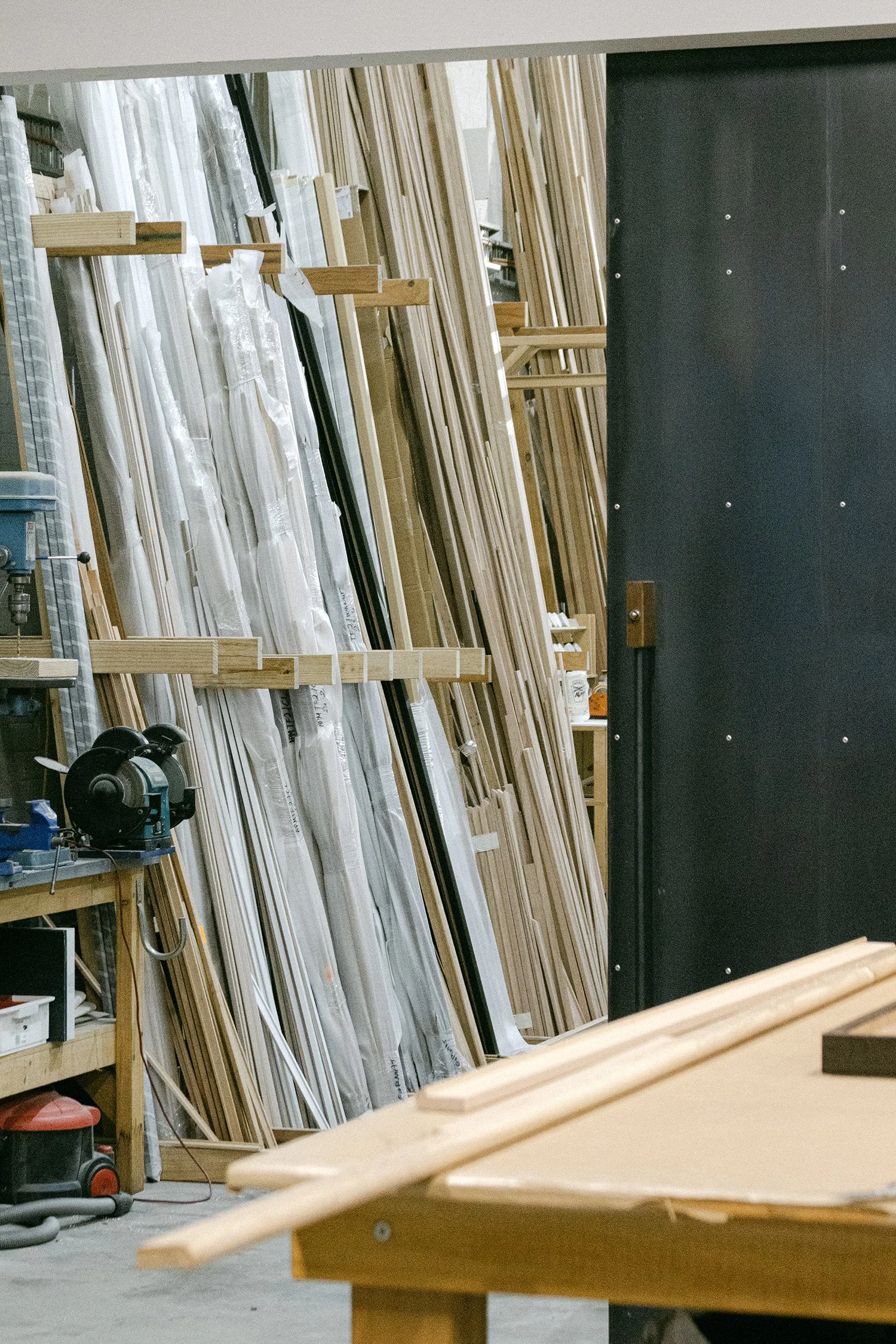Studio Visit | Format Framing, Melbourne
When we moved Print Club to Sydney last year, one of our first priorities was finding an Australian-based custom framing partner who could service our local clients and offer the same level of service and quality that we had established with our US-based framers. We needed collaborators who cared as much about the details as we do and we were thrilled to connect with Format Framing. Earlier this month, I visited their Melbourne workshop to see firsthand how they approach custom framing, and came away with an even greater understanding of what sets them apart.
Format Framing has been building frames in their Melbourne workshop for over 30 years, working with artists represented by some of Australia's best commercial galleries. They're also trusted by the National Gallery of Victoria and the National Gallery of Australia in Canberra, which speaks to their expertise in handling museum-quality work.
What really impressed me during the studio visit wasn't just who they work with, but how they work. Every timber frame Format builds starts with locally sourced, sustainable Victorian Ash. Walking through their workshop, you see the full process: the wood is milled on-site, hand-sanded, stained or finished with meticulous care, and assembled by skilled craftspeople who've been doing this for decades. The commitment to Australian materials and local manufacturing means shorter supply chains, lower environmental impact, and quality control at every step.
What separates adequate framing from exceptional framing often comes down to details most people never see. Format uses UV-filtering plexiglass as standard which is lighter and more protective than glass, with better UV resistance and less glare. It's the same specification we use for all our framing because we're thinking decades ahead. Art is an investment, and proper glazing protects that investment from light damage that accumulates invisibly over time.
Their mounting approach aligns perfectly with ours: prints are floated with spacers, keeping the artwork visible edge-to-edge while ensuring it never touches the glazing. This "floating" presentation looks beautiful and follows conservation best practices. The spacing between print and plexiglass allows air circulation and prevents condensation or contact damage. Every frame includes acid-free mounting materials, including foam core, linen tape, mat board, because non-archival materials degrade artwork over time. Touring Format's Melbourne workshop reminded me why we value these partnerships so much. The care taken at every step mirrors our own approach to printmaking and curation.
For our Australian clients purchasing framed prints directly through our online store or Australian-based design clients working with us on large-scale art packages, Format Framing will be the experts handling your custom framing, ensuring works arrive in perfect condition and ready to be hung and enjoyed.
Learn more about our custom framing options and specifications at jointheprintclub.com/framing, or visit Format Framing to see their full range of services.


